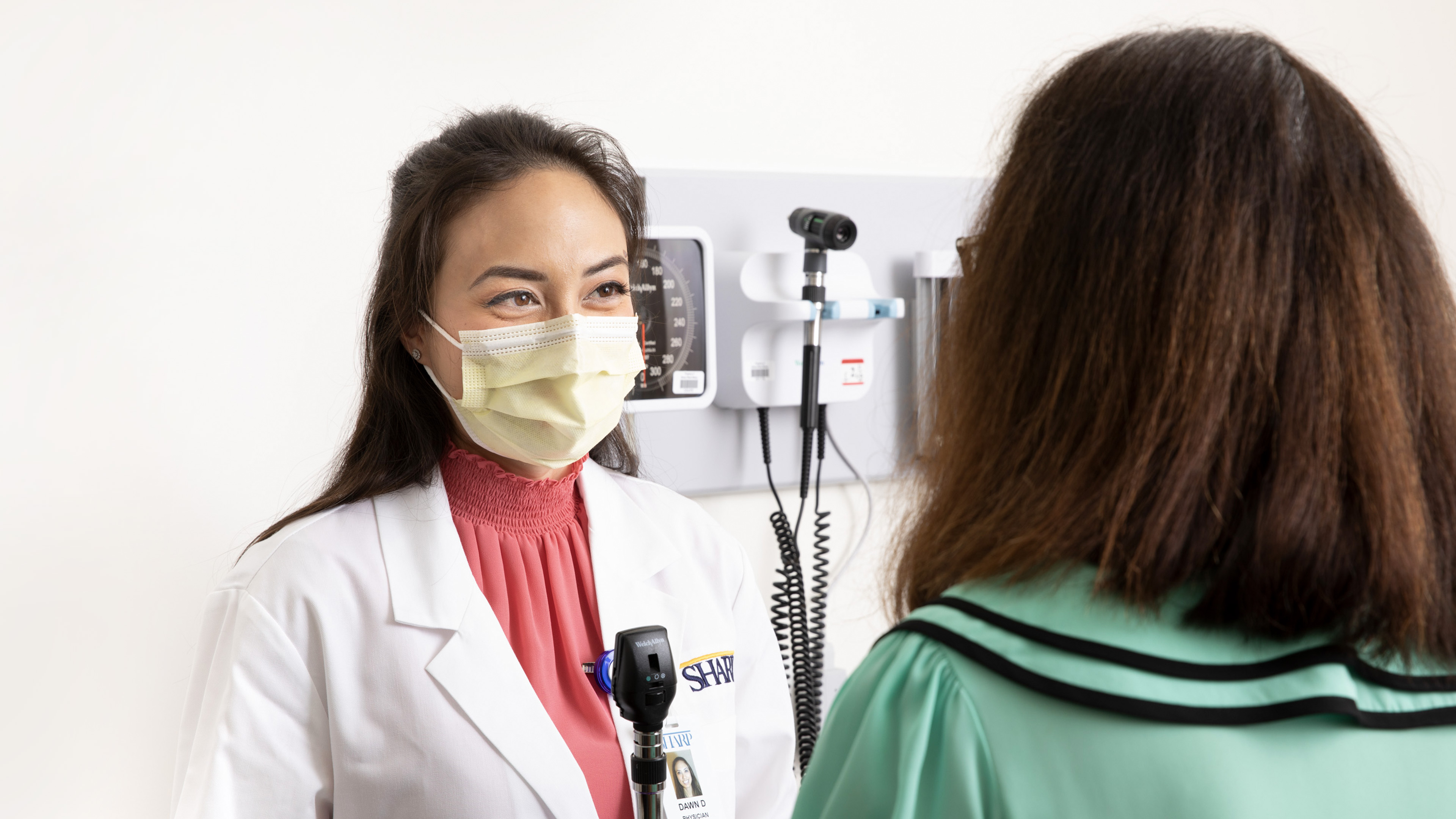Refractive Surgeries in AL: Specialist Procedures for Clear Vision
Wiki Article
Everything You Need to Understand About the Latest Innovations in Glaucoma Treatment and Eyecare
In the world of eye wellness, advancements in the treatment and administration of glaucoma have actually been continuously evolving, leading the method for improved client care and end results. From advanced diagnostic tools that offer unmatched understandings right into the condition development to innovative medical methods that assure higher accuracy and quicker recovery times, the landscape of glaucoma therapy is going through a significant makeover.
Advanced Diagnostic Technologies
Advanced diagnostic technologies play an important duty in the very early detection and tracking of glaucoma, enabling much more reliable therapy and administration of the condition. Amongst these technologies, optical coherence tomography (OCT) attracts attention as a non-invasive imaging method that offers thorough cross-sectional pictures of the retina, optic nerve head, and retinal nerve fiber layer. This high-resolution imaging aids clinicians analyze architectural modifications in the eye brought on by glaucoma, allowing them to step in without delay.Furthermore, visual field testing, such as automated perimetry, is another crucial analysis device for assessing glaucoma-related vision loss - cataract care service. This test measures the level of sensitivity of a patient's visual area, helping to identify any areas of vision loss or distortion. By incorporating OCT imaging with visual field screening, medical care providers can acquire an extensive understanding of the illness's progression and tailor treatment prepares appropriately
Minimally Intrusive Surgery
In the world of glaucoma administration, the emphasis moves towards minimally invasive medical treatments as a positive strategy to address the development of the condition complying with innovative diagnostic analyses such as optical coherence tomography (OCT) and aesthetic area testing. Minimally invasive glaucoma surgeries (MIGS) have actually gained appeal due to their performance in reducing intraocular pressure while lessening the threats and recovery times connected with typical glaucoma surgical treatments. These treatments are normally executed via tiny incisions, usually together with cataract surgery, making them much less invasive and a lot more comfortable for patients.Some typical MIGS procedures include trabecular micro-bypass stents, which enhance the discharge of aqueous humor, and micro-sized implants that boost drain in the eye. Additionally, laser treatments such as discerning laser trabeculoplasty (SLT) offer a non-invasive alternative for decreasing intraocular stress. By including these minimally invasive techniques into glaucoma administration, ophthalmologists can supply people with efficient therapy alternatives that focus on safety and security and quick recuperation, inevitably enhancing long-lasting results for individuals with glaucoma.
Unique Drug Therapies
Arising medicine treatments existing appealing avenues for enhancing the medicinal monitoring of glaucoma, offering ingenious methods to deal with intraocular stress control and disease progression. One novel drug therapy that has actually amassed attention is Rho kinase preventions.
Telemedicine and Remote Monitoring
With the development of unique drug therapies increasing the therapy landscape for glaucoma, the assimilation of telemedicine and remote tracking emerges as a pivotal part in enhancing client treatment and great site illness monitoring. Telemedicine allows eye treatment specialists to from another location assess clients, offer appointments, and monitor illness development without the demand for in-person brows through. This is especially helpful for glaucoma people who require constant surveillance to prevent vision loss. Remote surveillance technologies enable patients to gauge their intraocular stress discover this or aesthetic area in the house, enabling timely modifications to therapy plans. By using telemedicine and remote surveillance, medical care providers can enhance access to care, boost person compliance, and spot prospective problems early, causing better results for people with glaucoma. Additionally, these modern technologies Recommended Site supply benefit for patients, particularly those in remote locations or with mobility constraints, by lowering the need for regular facility visits. Accepting telemedicine and remote tracking in glaucoma management represents a substantial development in enhancing client care and therapy effectiveness.
Personalized Treatment Techniques
Progressing past conventional one-size-fits-all approaches, customized treatment approaches tailored to private person features are revolutionizing the administration of glaucoma. By tailoring therapy strategies based on variables such as age, illness extent, way of living, and other wellness problems, eye doctors can enhance and enhance end results individual contentment.Personalized treatment techniques in glaucoma involve a thorough evaluation of each client's unique profile. This might include hereditary screening to determine specific danger variables, imaging methods to analyze structural modifications in the eye, and functional tests to examine visual area loss. By integrating these individualized understandings, doctor can develop targeted interventions that resolve the underlying causes of glaucoma development for each individual.
In addition, advancements in innovation have actually allowed the development of customized therapy alternatives such as minimally intrusive glaucoma surgical treatments (MIGS) tailored to the patient's details demands - refractive surgeries in al. These procedures offer effective intraocular pressure control with fewer complications, improving the general high quality of take care of glaucoma people. Welcoming customized treatment approaches marks a significant paradigm shift in glaucoma management, stressing precision medication to provide customized options for far better client outcomes
Conclusion
Finally, the most recent technologies in glaucoma treatment and eyecare include advanced diagnostic modern technologies, minimally invasive procedures, unique medication therapies, telemedicine and remote monitoring, and tailored therapy approaches. These developments are transforming the means we diagnose and deal with glaucoma, using more effective and individualized options for people. By remaining current with these developments, healthcare specialists can offer much better treatment and boost end results for people with glaucoma.
With the development of unique medication therapies expanding the treatment landscape for glaucoma, the combination of telemedicine and remote surveillance emerges as an essential component in boosting person care and condition administration. hearing service near me. Embracing telemedicine and remote surveillance in glaucoma administration stands for a significant improvement in optimizing patient care and treatment effectiveness
In final thought, the newest innovations in glaucoma therapy and eyecare include progressed diagnostic technologies, minimally intrusive medical procedures, novel medicine therapies, telemedicine and remote tracking, and tailored treatment techniques.
Report this wiki page